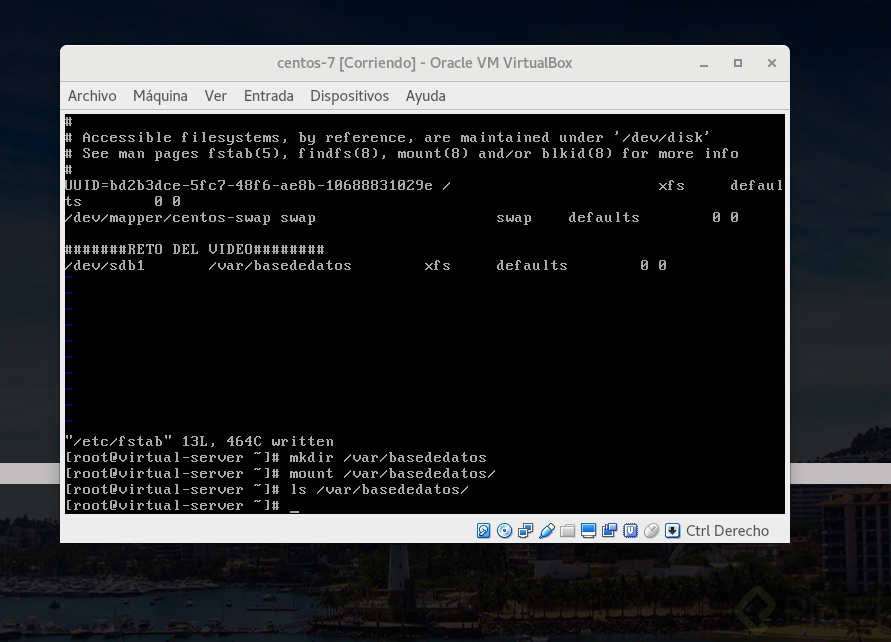

UBUNTU WIPEFS FULL
The default standard device-mapper encryption in Linux is provided by dm-crypt in the Linux kernel, so if you are looking to have full control over partition and key management this is what you should use.
:max_bytes(150000):strip_icc()/003-how-to-uninstall-ubuntu-from-your-computer-13d4e37dae0d40548e314de72828dd49.jpg)
Essentially the full disk encryption protects you only when the system is off, so in case someone steals your laptop or pc your files are safe (well, it depends on some other factors).
:max_bytes(150000):strip_icc()/003-how-to-uninstall-ubuntu-from-your-computer-13d4e37dae0d40548e314de72828dd49.jpg)
One of the disadvantages of the full disk encryption is that when the system is on the disk is unlocked, while the file-based encryption must be decrypted every time you need to use it. While the file-based encryption has to been implemented from developers (using libraries) for each contest and could not work in other computers if not correctly implemented, full disk encryption crypts all and it is file-system agnostic (because you’re crypting blocks on device), this helps if you want to have an encrypted LVM setup or a partition table. This kind of encryption does not differentiate between sensitive and not sensitive information, it just crypts all. Basically it is a block device encryption, which means that when a block from disk is read (or written) the encryption module at kernel level works for us, like a translator. Full disk encryption is encryption at disk level (as suggested by the name) and it is transparent to the user as it operates below the filesystem layer.


 0 kommentar(er)
0 kommentar(er)
